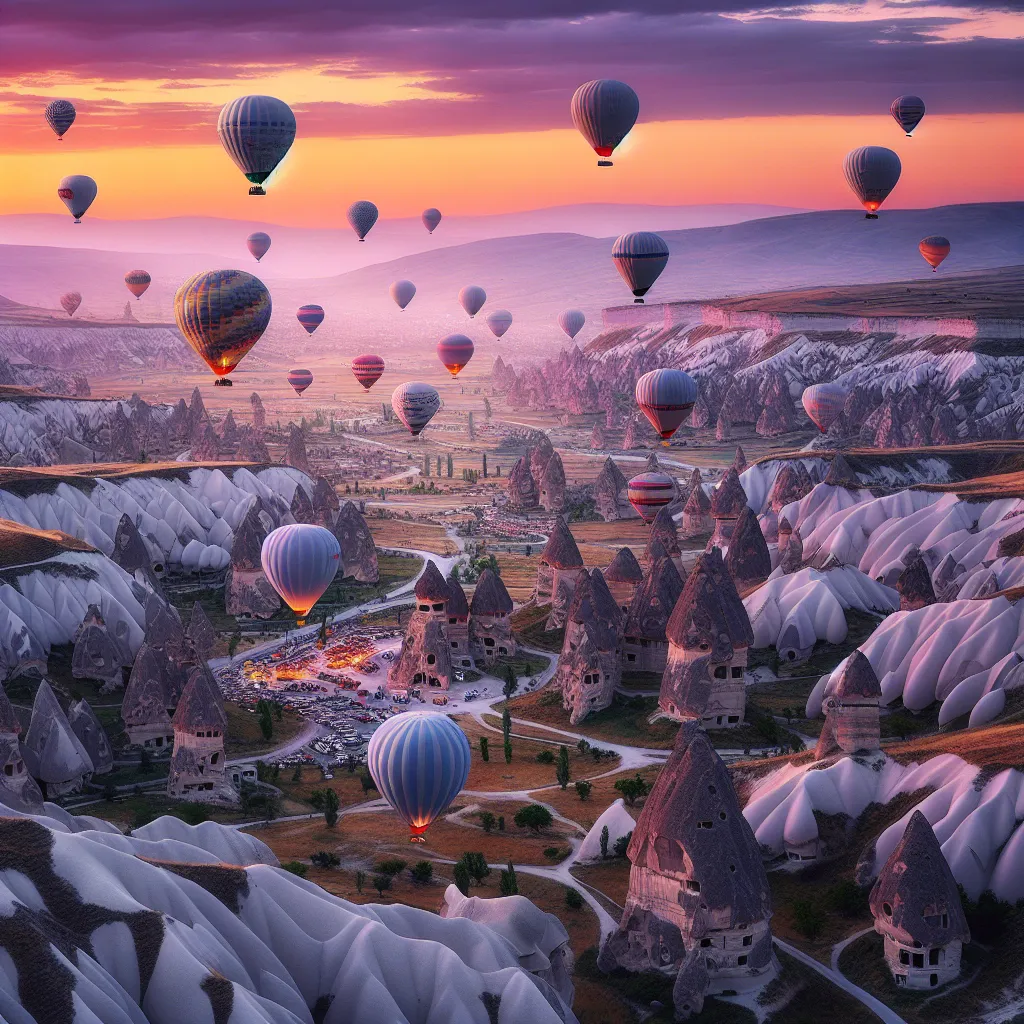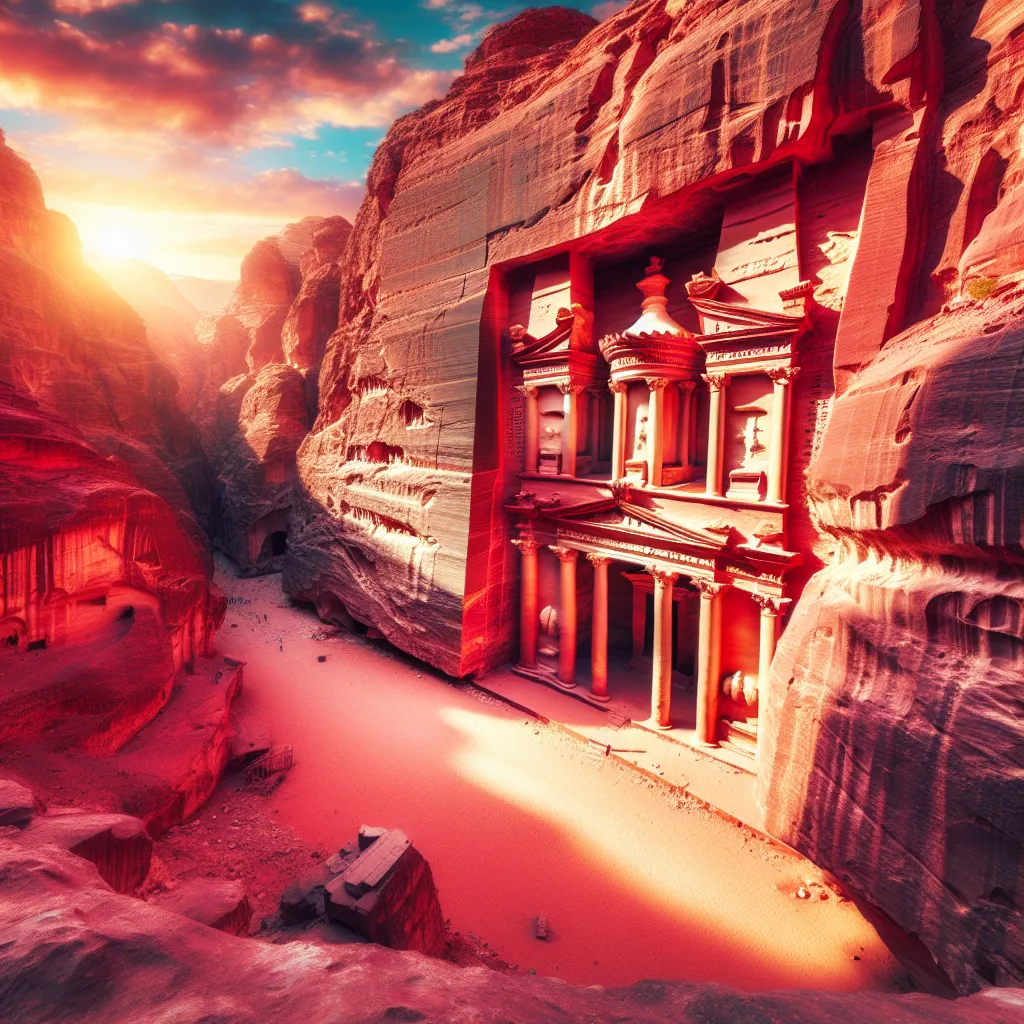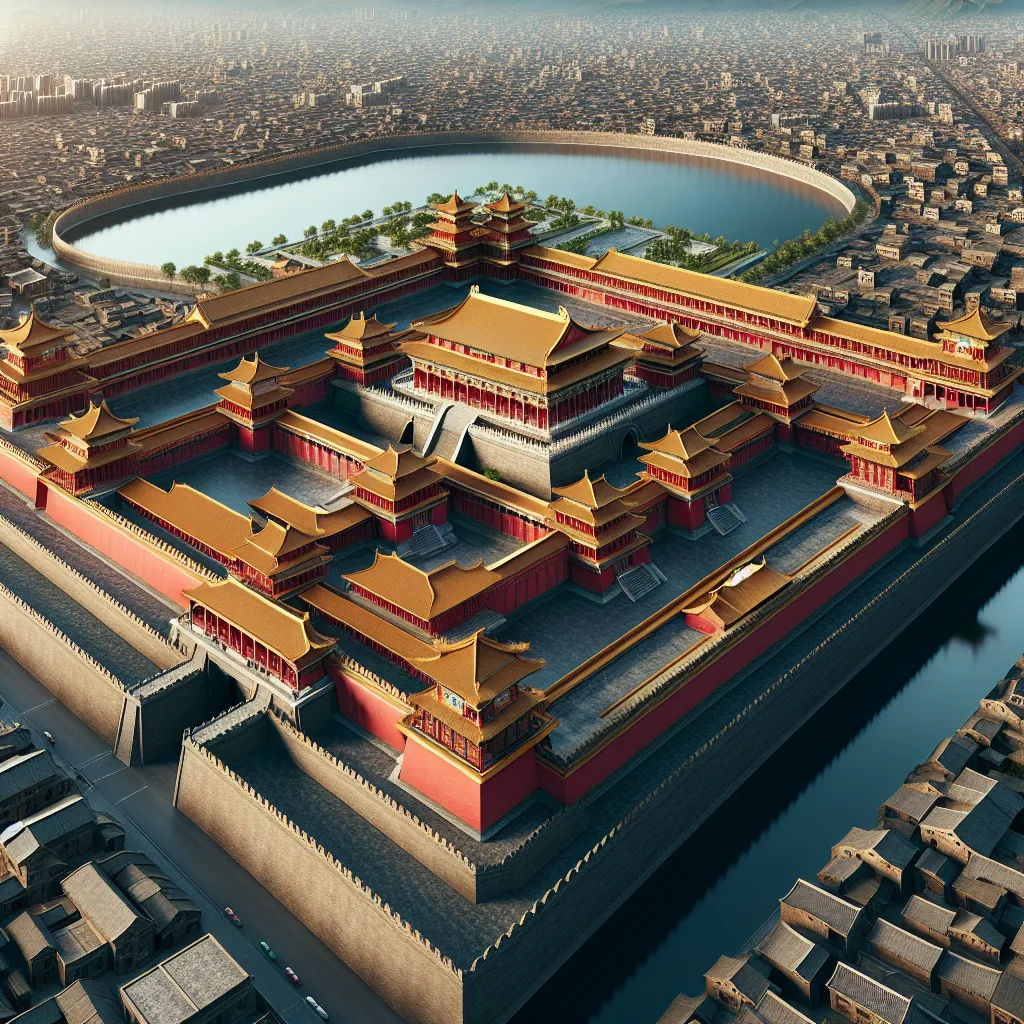The IELTS Speaking test often includes questions about travel experiences, and one common topic is describing a unique place you’ve visited. This article will guide you through answering such questions effectively, focusing on the prompt “Describe a place that you visited that was unlike any other.” We’ll explore sample questions, provide model answers, and offer tips to help you achieve a high band score.
Nội dung bài viết
Part 1: Introduction and Interview
In this section, the examiner may ask general questions about travel and unique places. Here are some possible questions:
- Do you enjoy traveling?
- What’s the most interesting place you’ve ever visited?
- How often do you travel to new places?
- What makes a place unique in your opinion?
Let’s look at a sample answer for the second question:
Question: What’s the most interesting place you’ve ever visited?
Band 6-7 Answer:
“I’d say the most interesting place I’ve visited is Petra in Jordan. It’s an ancient city carved into rock cliffs, and it’s really amazing to see. The buildings are so old but still look impressive. I especially liked the famous Treasury building, which is huge and has beautiful details.”
Band 8-9 Answer:
“Without a doubt, the most fascinating place I’ve had the privilege of visiting is Petra in Jordan. This ancient Nabataean city, carved into vibrant red sandstone cliffs, is truly a marvel of human ingenuity and architectural prowess. The sheer scale and intricacy of the structures, particularly the iconic Treasury with its ornate façade, left me awestruck. What makes Petra truly unique is not just its visual splendor, but also the rich historical tapestry it represents, blending influences from various civilizations over millennia.”
Part 2: Long Turn (Cue Card)
In this section, you’ll be given a cue card with a topic and some bullet points. Here’s a sample cue card based on our main topic:
Describe a place that you visited that was unlike any other.
You should say:
• Where this place was
• When you visited it
• What made it unique
• And explain how you felt about visiting this place
Band 6-7 Sample Answer:
“I’d like to talk about a unique place I visited called Cappadocia in Turkey. I went there last summer with some friends on a backpacking trip.
Cappadocia is famous for its unusual landscape with strange rock formations called ‘fairy chimneys’. These are tall, cone-shaped rocks that look like they’re from another planet. The area also has many underground cities that people used to live in long ago.
What made Cappadocia really unique was the opportunity to take a hot air balloon ride over the landscape. We woke up very early one morning to go on a balloon ride, and it was amazing to see the sun rising over all the fairy chimneys and valleys.
I felt really excited and amazed during my visit. It was like being in a completely different world. The landscape was so unusual, and the history of the place was fascinating. I especially enjoyed learning about how people used to live in caves carved into the rocks.
Overall, visiting Cappadocia was a really special experience that I’ll never forget. It made me realize how diverse and interesting our world is.”
Band 8-9 Sample Answer:
“I’d like to describe a truly extraordinary place I had the privilege of visiting: Cappadocia in central Turkey. I embarked on this captivating journey last summer as part of a solo backpacking adventure through the region.
Cappadocia is renowned for its surreal landscape, characterized by whimsical rock formations known as ‘fairy chimneys’. These towering, cone-shaped structures, sculpted over millennia by erosion, create an otherworldly panorama that seems plucked from the realms of fantasy. The area is also home to a network of ancient underground cities, testament to the ingenuity of past civilizations who sought refuge in these subterranean sanctuaries.
What truly set Cappadocia apart was the unparalleled experience of witnessing this lunar-like terrain from a hot air balloon at dawn. Rising before the sun, I joined a small group for this breathtaking aerial adventure. As we ascended, the landscape unfurled beneath us like a living tapestry, with the first rays of sunlight casting long shadows across the valleys and illuminating the fairy chimneys in a warm, golden glow.
My emotions during this visit ranged from sheer awe to profound introspection. The juxtaposition of ancient human history against the backdrop of this geological wonder left me feeling humbled and inspired. Exploring the cave dwellings and underground cities sparked my imagination, prompting me to reflect on the resilience and adaptability of our ancestors.
The experience was not just visually stunning but also deeply enriching. It challenged my perceptions of landscape and human habitation, offering a unique lens through which to view the interplay between nature and human culture. Cappadocia’s ethereal beauty and rich historical tapestry created an indelible impression, reinforcing my appreciation for the diverse wonders our world has to offer and igniting a renewed passion for exploration and discovery.”
 Cappadocia Hot Air Balloon
Cappadocia Hot Air Balloon
Follow-up Questions:
- How did the locals interact with tourists in this unique place?
- Do you think tourism has had any negative impacts on this location?
- Would you recommend this place to others? Why or why not?
Sample Answer (Band 8-9) for Question 1:
“In my experience, the locals in Cappadocia demonstrated an exceptional level of hospitality and engagement with tourists. Many had adapted to the tourism industry while maintaining their cultural authenticity. For instance, I stayed in a family-run cave hotel where the owners shared fascinating stories about the region’s history and their own experiences living in such a unique environment.
Local artisans were particularly adept at showcasing their traditional crafts, such as pottery and carpet weaving, often inviting tourists to try their hand at these ancient skills. This interactive approach not only provided an immersive cultural experience but also fostered a deeper appreciation for the local heritage.
Moreover, I noticed that many locals had become multilingual to better communicate with the diverse array of visitors. Their genuine interest in sharing their culture and learning about others created a warm, welcoming atmosphere that significantly enhanced the overall travel experience. This cultural exchange seemed mutually beneficial, allowing tourists to gain authentic insights while providing economic opportunities for the local community.”
Part 3: Two-way Discussion
In this section, the examiner will ask more abstract questions related to the topic. Here are some possible questions and sample answers:
Question: How do you think unique places like the one you described impact local communities?
Band 6-7 Answer:
“I think unique places can have both positive and negative impacts on local communities. On the positive side, they can bring in a lot of tourists, which is good for the local economy. People can open hotels, restaurants, and shops to cater to visitors. This can create jobs and help the community make money.
However, there can also be some downsides. Sometimes, too many tourists can change the local way of life. Traditional cultures might be affected as the area becomes more focused on tourism. Also, popular places might become too crowded or expensive for local people to live in.
Overall, I think it’s important for communities to find a balance between benefiting from tourism and preserving their local culture and environment.”
Band 8-9 Answer:
“The impact of unique destinations on local communities is multifaceted and often presents a delicate balance between economic benefits and cultural preservation. On one hand, these distinctive locales can serve as powerful economic catalysts, stimulating tourism and creating a myriad of employment opportunities in hospitality, guiding services, and local crafts. This influx of visitors can lead to improved infrastructure, better educational facilities, and enhanced healthcare services, elevating the overall quality of life for residents.
However, the double-edged sword of tourism in such unique places cannot be overlooked. There’s a risk of over-commercialization, which may erode the authenticity that initially made the location attractive. Local traditions and customs might be commodified or diluted to cater to tourist expectations, potentially leading to a loss of cultural identity. Moreover, the economic disparities that can arise between those benefiting directly from tourism and those who don’t may create social tensions within the community.
Environmental concerns are also paramount. The increased foot traffic and development necessary to accommodate tourists can put strain on local ecosystems, particularly in ecologically sensitive areas. This necessitates careful management and sustainable tourism practices to mitigate negative impacts.
Ultimately, the key lies in sustainable development that prioritizes the preservation of both cultural heritage and natural environment. Engaging local communities in decision-making processes, implementing responsible tourism practices, and ensuring equitable distribution of benefits can help strike a balance. When managed thoughtfully, unique destinations can become beacons of cultural exchange and economic prosperity while maintaining their intrinsic character and value.”
Key Vocabulary and Phrases for High Scores
To elevate your speaking performance, incorporate these sophisticated words and phrases:
-
Surreal /səˈrɪəl/ (adjective): Having the qualities of surrealism; bizarre.
Example: “The landscape of Cappadocia was surreal, with its otherworldly rock formations.” -
Ethereal /ɪˈθɪəriəl/ (adjective): Extremely delicate and light in a way that seems not to be of this world.
Example: “The hot air balloon ride offered an ethereal view of the sunrise over the valleys.” -
Juxtaposition /ˌdʒʌkstəpəˈzɪʃn/ (noun): The fact of two things being seen or placed close together with contrasting effect.
Example: “The juxtaposition of ancient cave dwellings with modern hotels created a unique atmosphere.” -
Indelible /ɪnˈdelɪbl/ (adjective): Not able to be forgotten or removed.
Example: “My visit to this unique place left an indelible impression on my memory.” -
Tapestry /ˈtæpɪstri/ (noun): Used figuratively to describe a complex or intricately woven situation or series of events.
Example: “The region’s history forms a rich tapestry of different cultures and civilizations.”
Examiner’s Advice
To achieve a high score in the IELTS Speaking test when describing a unique place:
-
Use descriptive language: Paint a vivid picture with your words. Use a variety of adjectives and sensory details to bring your description to life.
-
Show enthusiasm: Demonstrate genuine interest in the topic through your tone of voice and choice of words.
-
Structure your answer: Organize your thoughts logically, addressing all parts of the question.
-
Incorporate personal reflections: Share how the place made you feel and why it was significant to you.
-
Use advanced vocabulary and idiomatic expressions: Showcase your language proficiency by using sophisticated words and phrases appropriately.
-
Practice fluency: Aim for smooth delivery without long pauses. Regular practice will help you speak more confidently and naturally.
By following these guidelines and incorporating the sample answers and vocabulary provided, you’ll be well-prepared to excel in describing a unique place you’ve visited in your IELTS Speaking test.
For more tips on acing your IELTS Speaking test, check out our articles on describing a virtual tour that left a lasting impression and discussing a time when you visited a national park.



